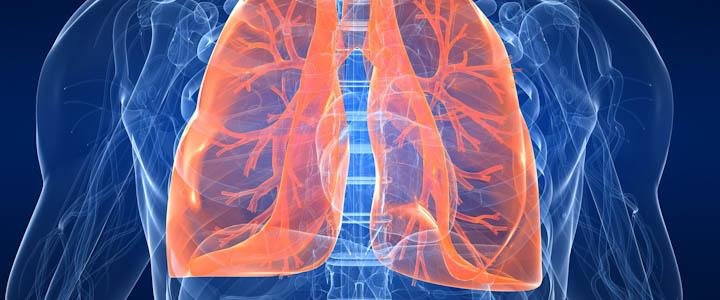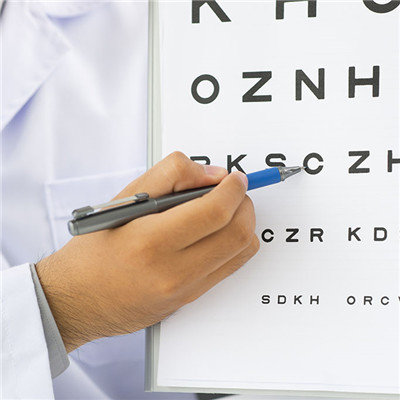Symptoms of heterogeneous fatty liver
summary
Fatty liver is a common disease, and many people are suffering from it. How is fatty liver classified? With the passage of time, if not treated in time, it will gradually evolve, develop and aggravate the disease. Today, let me share with you the symptoms of non-uniform fatty liver?.
Symptoms of heterogeneous fatty liver
First: mild fatty liver clinical symptoms: fatty liver often no symptoms, sometimes only slightly elevated transaminase, some similar to mild hepatitis, jaundice is rare, if there is also mild. B-ultrasound and CT can be helpful in diagnosis. The diagnosis must depend on liver biopsy. Mild fatty liver is often asymptomatic and easy to be ignored. According to records, more than 25% of patients with fatty liver can be asymptomatic clinically. Some patients only feel tired, and most patients with fatty liver are fat, so it is more difficult to find mild symptoms.

Second: clinical symptoms of moderate to severe fatty liver: similar to chronic hepatitis, can have loss of appetite, fatigue, nausea, vomiting, weight loss, liver or right upper abdominal pain. Mild enlargement of liver may have tenderness, slightly tough texture, blunt edge and smooth surface. Splenomegaly and palmar hepatis may be found in a few patients. When there is too much fat deposition in the liver, it can make the liver capsule expand and the liver ligament stretch, and cause severe pain or tenderness in the right upper abdomen, fever, and leukocytosis. It is easy to be misdiagnosed as acute abdomen and make laparotomy. When the fat vesicle ruptures, the fat particles enter the blood, which can also cause brain and pulmonary vascular fat embolism and sudden death.

Third, if the fat accumulation of liver cells oppresses the hepatic sinuses or small bile ducts, the portal blood flow and bile excretion are blocked, and portal hypertension and cholestasis appear. Because of acute chemical poisoning, drug poisoning or acute fatty liver of pregnancy, its clinical manifestations are mostly acute or subacute liver necrosis, which is easily confused with severe hepatitis. In addition, patients with fatty liver often have glossitis, angular stomatitis, skin ecchymosis, numbness of limbs, paresthesia of limbs and other peripheral neuritis changes. A few patients can also have gastrointestinal bleeding, gum bleeding, epistaxis and so on. Patients with severe fatty liver can have ascites and lower extremity edema, electrolyte disorders such as hyponatremia, hypokalemia, etc.

matters needing attention
Whether the liver is good or not can also reflect a person's diet and habits in daily life. To improve the liver, we should pay attention to daily living habits, strictly prohibit drinking, not eat hot food, eat more light food. If you have time to exercise properly, it will help to improve the liver function. Liver health needs to be protected by your own consciousness.
















